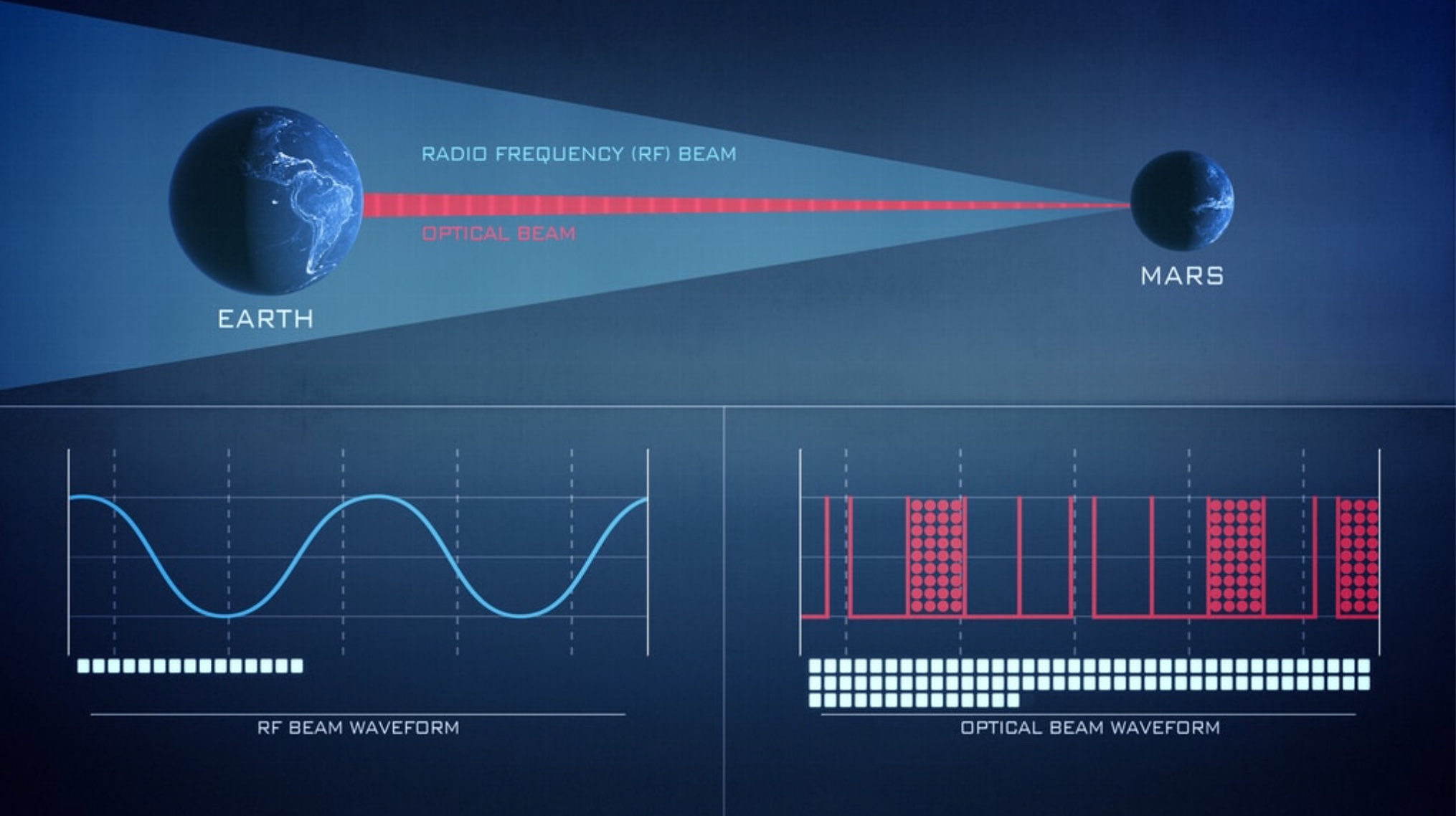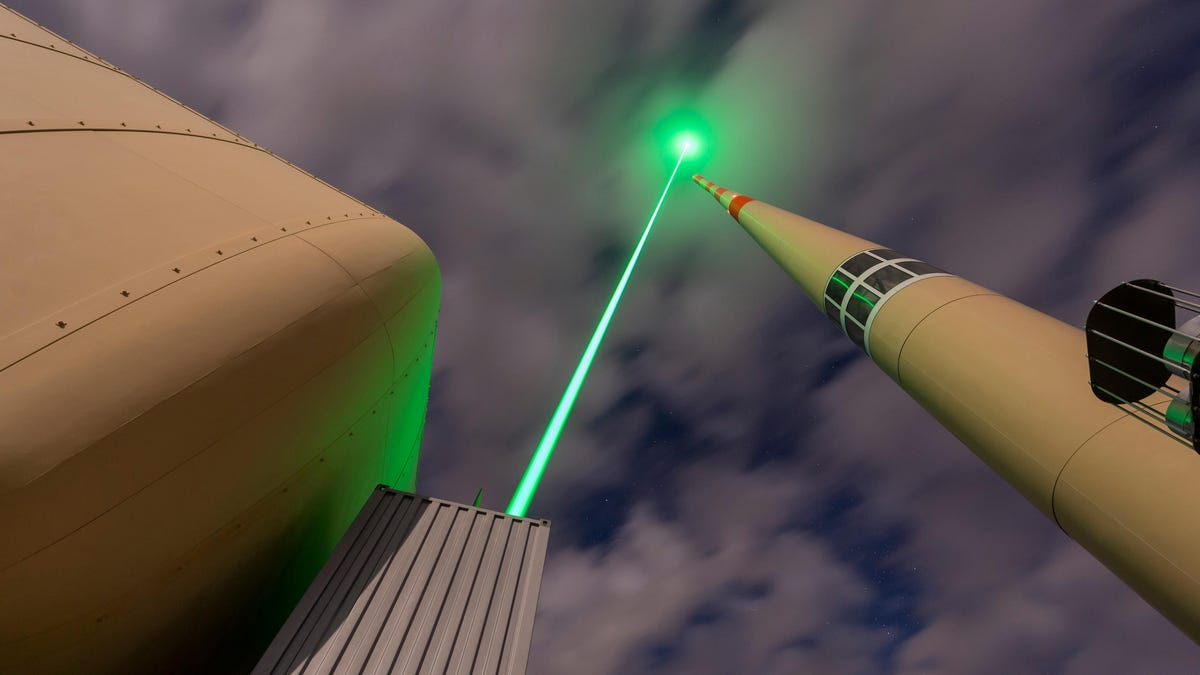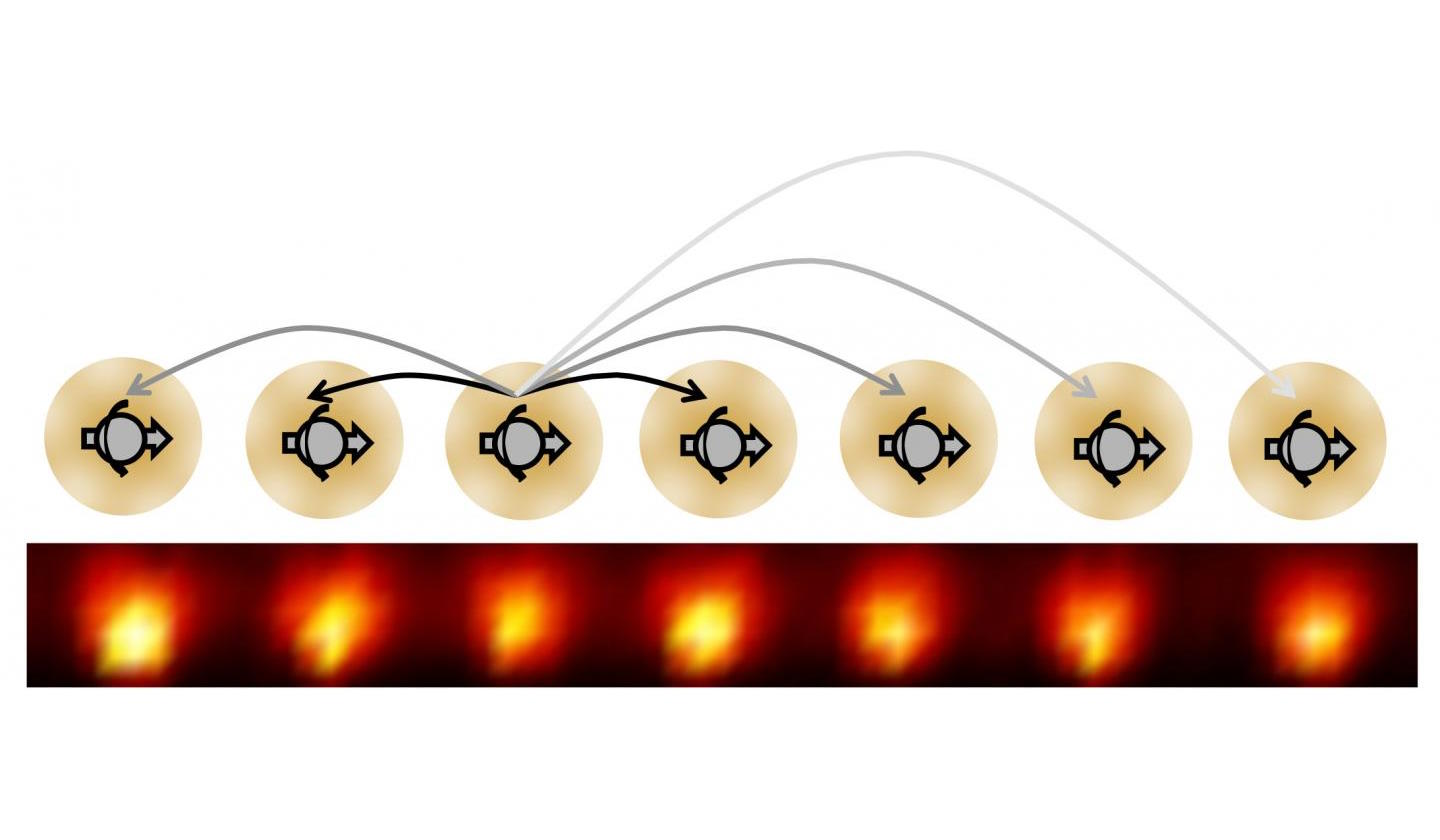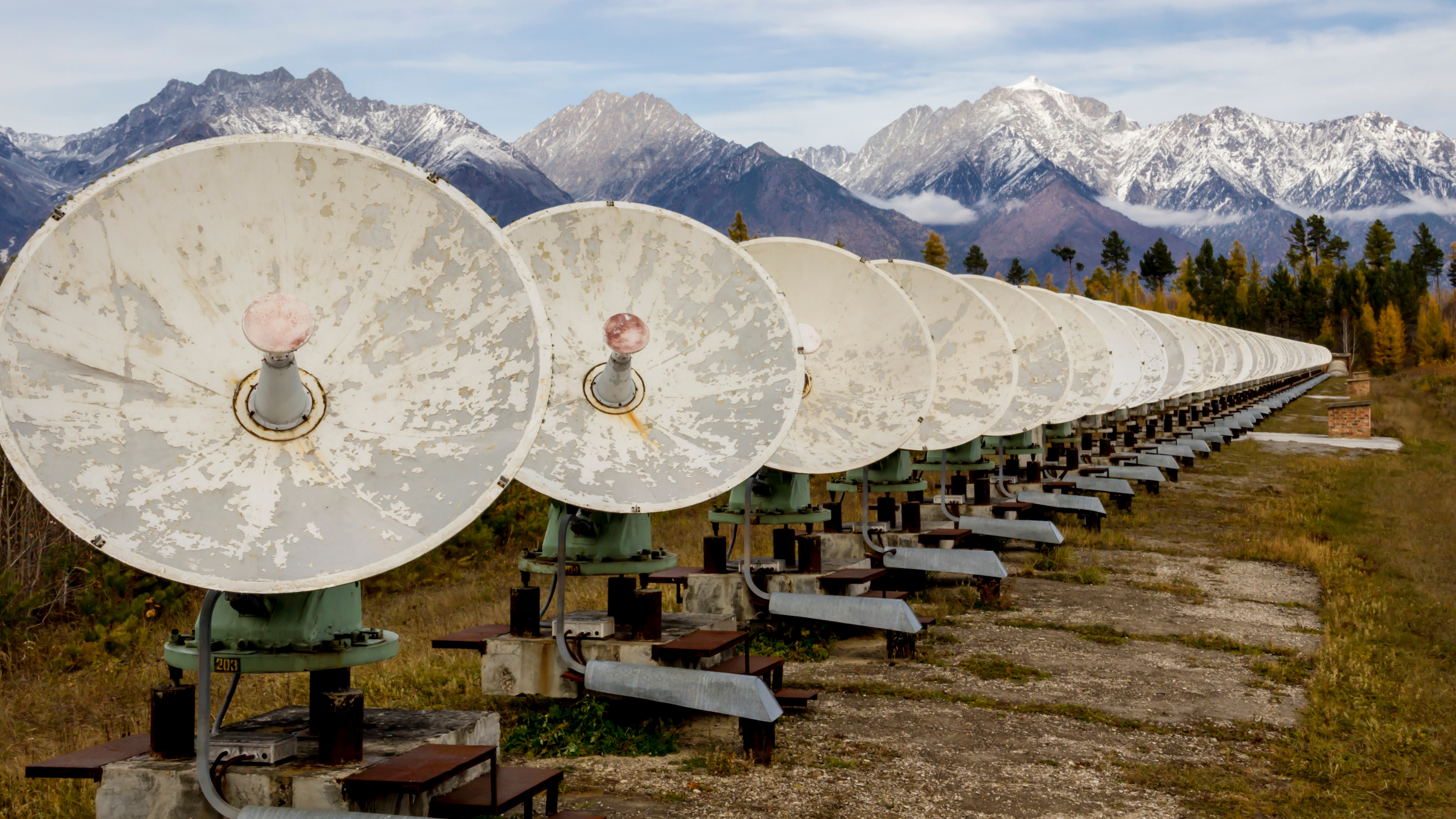Why NASA is turning to lasers for next-gen space comms

NASA’s recently launched asteroid hunter, Psyche, is designed to give us a look at a body that could resemble depths far within the Earth, where we can never go. But one instrument tagging along for a ride is exciting scientists who specialize in a completely different field — that of space communications. Since the dawn of the Space Age, they have depended on radio waves, just a sliver of the electromagnetic spectrum. But scientists hope to soon expand into another part of the spectrum. Their aim is to add lasers to our cosmic communications toolkit.
The Psyche spacecraft’s main mission is to explore a 144-mile-long, potato-shaped asteroid with an orbit roughly three times farther from the Sun than Earth’s. A leading theory holds that the target asteroid, also named Psyche (16 Psyche, to be exact), is the metal core of a once hopeful planet whose rocky surface was stripped away by hit-and-run collisions in the asteroid belt between Mars and Jupiter.
If so, getting a whiff of its unique mix of iron, nickel and rock may be the closest we will ever come to investigating the metal core of Earth.
It will take six years for the craft to arrive and find out if measurements of the asteroid suggesting a metallic surface are correct. If they are, we might be presented with an object more alien than pulp writers of the 1940s and ’50s ever imagined, with metal ejecta frozen into bizarre shapes from encounters with other asteroids.
But space communications researchers will start seeing results much sooner. The Deep Space Optical Communications (DSOC) test will be the first demonstration of laser, or optical, communication beyond the Moon, and could help ease the way as astronauts return to the Moon and take the next giant leap — to Mars. It also represents a key step in opening a new era in space communications.
If this and related tests work as expected, lasers will offer a needed boost for the bandwidth limits faced by the major off-planet communications system, called the Deep Space Network (DSN). The DSN’s three radio antenna sites, each dominated by a 70-meter dish and located 120 degrees apart in Spain, Australia and the California desert, face a traffic jam of Houston rush-hour proportions, some say. Currently, demands from dozens of space missions, ranging from the James Webb telescope to small commercial satellites (which pay for the service) must compete for the network’s time.
“There can be requests in conflict among various missions,” says Mike Levesque, DSN project manager at NASA’s Space Communications and Navigation office (SCaN). “Twenty percent of requests are not serviceable today. The problem will only get worse over time. It will be 40 percent by 2030.”
And another 40 space missions are due to come online in the near future, each demanding time on the communications network. Even more important, some of those missions will be manned, with instruments beaming high-definition video as well as moment-to-moment metabolic readings of astronauts as they work on the Moon, building laboratories and shelters. They won’t want to be told to stand down for a commercial CubeSat, the mini-satellites that transmit various types of scientific data and provide internet connectivity, and which have proliferated in low-Earth orbit.
“Delays may be OK for science, but for human missions we need all hands on deck,” says Jason Mitchell, program executive at SCaN. “As we look at what human astronauts want as we move to the Moon and plan for Mars, science instruments will grow as well. We could be sending terabytes of data a day.”
In the recently launched demonstration, researchers seek to tap the greater information-carrying capacity of laser light over radio waves. Optical wavelengths in the near-infrared part of the electromagnetic spectrum are so small — measured in nanometers — and the frequencies so high that much more information can be packed into the same space, pushing data rates 10 to 100 times greater than is possible with radio.
“That’s why optical is such a great option,” Mitchell says. “The data rates are so high.”
For similar capabilities, laser systems can also be more petite than radio ones, thus requiring less power, another important factor as spacecraft travel a few hundred million miles from home.

Over the past decade, NASA has been testing the new technology in different environments from low-Earth orbit to the Moon. The instrument aboard Psychewill enable the first test in deeper space, an important milestone since optical communication does have drawbacks. Because the laser beam is narrow, it must be pointed toward receivers on Earth with high accuracy, a challenge that only grows with distance.
Abhijit Biswas, DSOC project technologist at NASA’s Jet Propulsion Laboratory, which built the instrument, compares the difficulty to trying to hit a moving dime from a mile away. Even a jiggle could interfere: To keep the transceiver stable on Psyche, JPL installed special struts and actuators to isolate it from the vibrations of the 81-foot-long spacecraft.
Other potential problems include clouds on Earth that can block the optical beam, and significant weakening of the signal as the distance increases and the beam spreads out. This limits its use in distances beyond Mars, at least with current technology. That is why the test will be conducted only during the first two years of the mission, before the craft travels farther out to the asteroid itself.
For these reasons, as well as the fact that no ground-based network of optical receivers exists today, nobody is predicting a time when laser communication would replace radio waves. But it could add a new channel. “Future operations will be designed for diversity,” says Biswas.
During the tests aboard Psyche, a five-kilowatt transmitter on Table Mountain in Southern California will send a low-rate communication package — nothing exotic, mostly random patterns, Biswas says — to a laser transceiver attached to the spacecraft’s 8.6-inch telescope. The instrument will lock onto the beam and download the message, using a camera that counts the light particles, or photons, before relaying it back down at a high rate to the 200-inch Hale telescope on Mount Palomar near San Diego, where it can be compared for accuracy to the original.
Even at distances nearer than Mars, the laser signal is relatively fragile. The package arriving at the Hale telescope from Psyche will consist of only a few photons, which is why decoding it relies on an extremely sensitive, cryogenically cooled photon-counting detector (made with superconducting nanowire) attached to the telescope.
For Biswas, whose background is in laser spectroscopy, the optical communications test is the culmination of an effort a decade in the making. “It’s very exciting,” he says. “There are so many things we are doing for the first time.”
While laser communication, like highway carpool lanes, might not prevent future traffic jams on the Deep Space Network, it just might help some messages avoid gridlock in space.
This article originally appeared in Knowable Magazine, a nonprofit publication dedicated to making scientific knowledge accessible to all. Sign up for Knowable Magazine’s newsletter.





